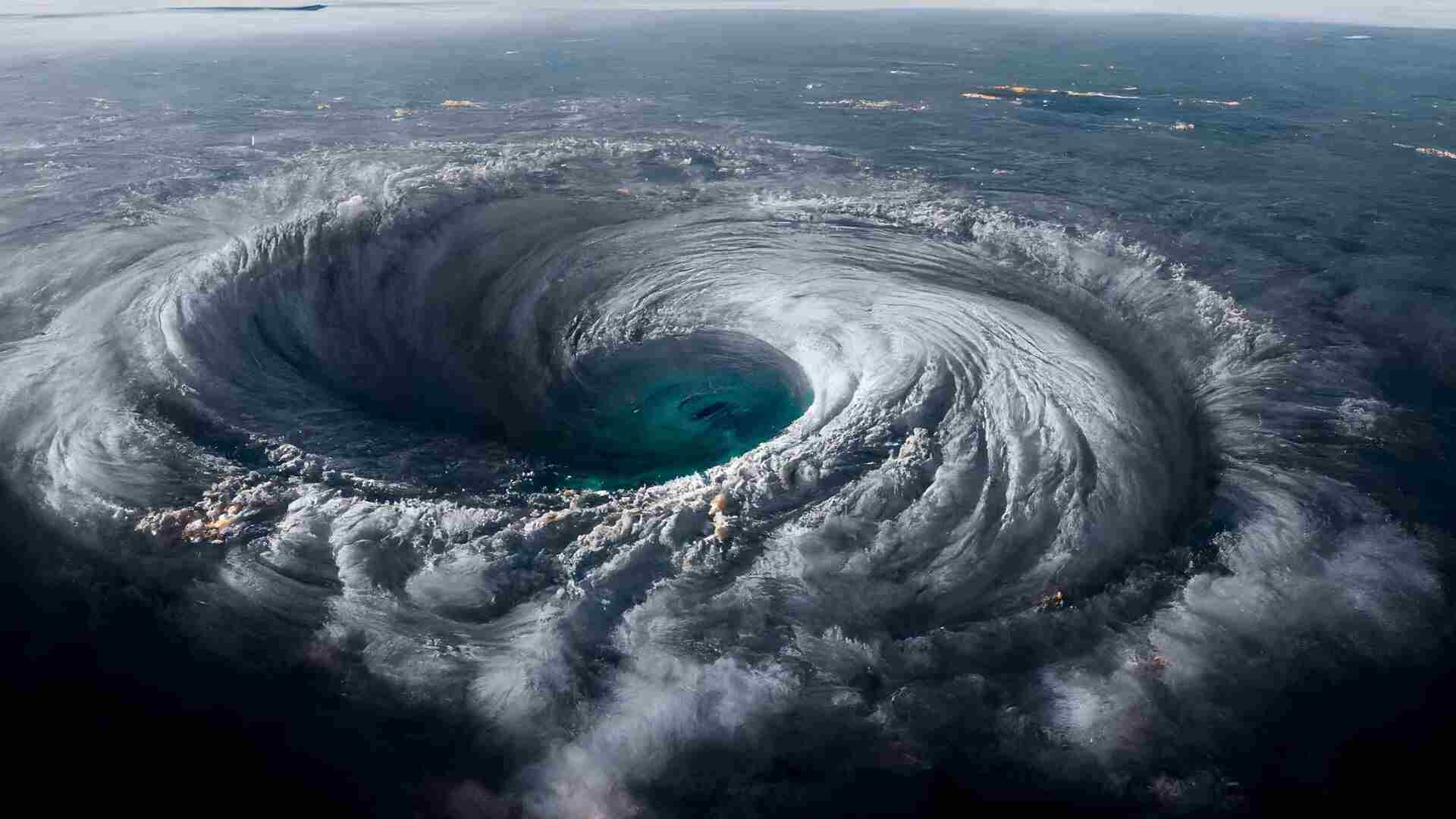Tropical Storm Debby unleashed continuous heavy rainfall across the U.S. Southeast as it moved away from the Carolinas on Wednesday. This intense downpour has heightened the risk of severe flooding, and the storm is expected to gain speed and proceed northward in the next few days.
In the aftermath of the storm, six fatalities have been reported in Florida and Georgia. Debby made landfall as a Category 1 hurricane on Florida’s Gulf Coast on Monday before traveling northeast. The storm is projected to impact the Southeastern and mid-Atlantic regions for several more days.
Governors in the Carolinas, Florida, and Georgia have declared states of emergency. Flooding from the storm has caused significant damage, submerging streets and homes across various communities.
“All North Carolinians across our state need to be prepared for a deluge,” warned North Carolina Governor Roy Cooper during a briefing at the state’s Department of Emergency Management on Wednesday.
In Charleston, South Carolina, officials lifted a citywide curfew on Wednesday, noting that emergency crews were not required for rescues overnight as the worst of the storm had passed.
Nonetheless, the National Weather Service has indicated that the Carolina coast could still receive an additional 3 to 9 inches (7.6 to 23 cm) of rain. This would bring total rainfall to 25 inches (64 cm) in South Carolina and 15 inches (38 cm) in southeastern North Carolina near Wilmington and coastal Georgia.
By Wednesday afternoon, Debby was located about 55 miles (85 km) southeast of Charleston, moving northeast at a speed of approximately 3 miles per hour (5 km per hour), with maximum sustained winds of 60 mph (97 kph). The National Hurricane Center forecasted that the storm would make landfall again further north in South Carolina on Thursday morning.
The most significant threat posed by Debby is the vast amount of rain it is delivering to the Eastern Seaboard, with potential flooding that could persist into next week. In South Carolina, 15 homes have sustained major damage, and one home has been completely destroyed due to the flooding.
Debby is also expected to bring heavy rainfall to Virginia, Maryland, and Pennsylvania. Virginia is forecasted to receive 3 to 7 inches (7.6 to 17.8 cm) of rain through Friday, while Maryland, Pennsylvania, and upstate New York could get 2 to 4 inches (5.1 to 10.2 cm) of rain through Saturday, with a high likelihood of flash floods. Neil Dixon, a meteorologist with the National Weather Service in Charleston, described the situation as “an extreme rainfall event,” noting that daily rainfall records have already been broken in the area. “In that respect, the flooding has been something that we haven’t seen in many years.”
Emergency management officials are monitoring the situation closely as the rainwater flows into the numerous river systems in the Carolinas. The National Water Prediction Service predicts that seven waterways will reach major flood levels before the storm ends.
According to the National Hurricane Center (NHC), Tropical Storm Debby is currently situated about 85 miles (135 kilometers) south of Myrtle Beach, South Carolina, with maximum sustained winds of 60 miles per hour (95 kilometers per hour).









